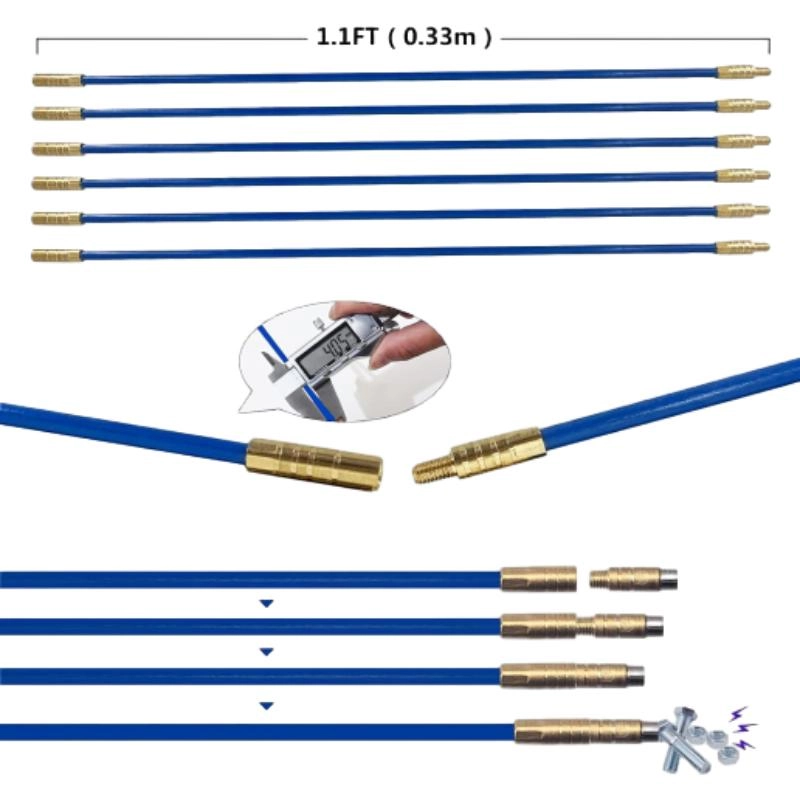
-
 Afrikaans
Afrikaans -
 Albanian
Albanian -
 Amharic
Amharic -
 Arabic
Arabic -
 Armenian
Armenian -
 Azerbaijani
Azerbaijani -
 Basque
Basque -
 Belarusian
Belarusian -
 Bengali
Bengali -
 Bosnian
Bosnian -
 Bulgarian
Bulgarian -
 Catalan
Catalan -
 Cebuano
Cebuano -
 Corsican
Corsican -
 Croatian
Croatian -
 Czech
Czech -
 Danish
Danish -
 Dutch
Dutch -
 English
English -
 Esperanto
Esperanto -
 Estonian
Estonian -
 Finnish
Finnish -
 French
French -
 Frisian
Frisian -
 Galician
Galician -
 Georgian
Georgian -
 German
German -
 Greek
Greek -
 Gujarati
Gujarati -
 Haitian Creole
Haitian Creole -
 hausa
hausa -
 hawaiian
hawaiian -
 Hebrew
Hebrew -
 Hindi
Hindi -
 Miao
Miao -
 Hungarian
Hungarian -
 Icelandic
Icelandic -
 igbo
igbo -
 Indonesian
Indonesian -
 irish
irish -
 Italian
Italian -
 Japanese
Japanese -
 Javanese
Javanese -
 Kannada
Kannada -
 kazakh
kazakh -
 Khmer
Khmer -
 Rwandese
Rwandese -
 Korean
Korean -
 Kurdish
Kurdish -
 Kyrgyz
Kyrgyz -
 Lao
Lao -
 Latin
Latin -
 Latvian
Latvian -
 Lithuanian
Lithuanian -
 Luxembourgish
Luxembourgish -
 Macedonian
Macedonian -
 Malgashi
Malgashi -
 Malay
Malay -
 Malayalam
Malayalam -
 Maltese
Maltese -
 Maori
Maori -
 Marathi
Marathi -
 Mongolian
Mongolian -
 Myanmar
Myanmar -
 Nepali
Nepali -
 Norwegian
Norwegian -
 Norwegian
Norwegian -
 Occitan
Occitan -
 Pashto
Pashto -
 Persian
Persian -
 Polish
Polish -
 Portuguese
Portuguese -
 Punjabi
Punjabi -
 Romanian
Romanian -
 Russian
Russian -
 Samoan
Samoan -
 Scottish Gaelic
Scottish Gaelic -
 Serbian
Serbian -
 Sesotho
Sesotho -
 Shona
Shona -
 Sindhi
Sindhi -
 Sinhala
Sinhala -
 Slovak
Slovak -
 Slovenian
Slovenian -
 Somali
Somali -
 Spanish
Spanish -
 Sundanese
Sundanese -
 Swahili
Swahili -
 Swedish
Swedish -
 Tagalog
Tagalog -
 Tajik
Tajik -
 Tamil
Tamil -
 Tatar
Tatar -
 Telugu
Telugu -
 Thai
Thai -
 Turkish
Turkish -
 Turkmen
Turkmen -
 Ukrainian
Ukrainian -
 Urdu
Urdu -
 Uighur
Uighur -
 Uzbek
Uzbek -
 Vietnamese
Vietnamese -
 Welsh
Welsh -
 Bantu
Bantu -
 Yiddish
Yiddish -
 Yoruba
Yoruba -
 Zulu
Zulu


TEL:
0086-311-88862036
Mar . 06, 2025 11:46 Back to list
earth rod for generator
The significance of an earth rod for a generator cannot be overstated. As a pivotal component in ensuring both operational safety and device longevity, the earth rod—often referred to as a grounding rod—offers unmatched peace of mind for anyone utilizing generators, be it in domestic or industrial settings. This article delves into the nuanced importance of earth rods, drawing on years of industry expertise and authoritative perspectives to illuminate their indispensable role.
When considering the installation of an earth rod, geographical and environmental factors play a significant role. For instance, moisture-laden soils generally offer better conductivity compared to dry or rocky terrains, which may require supplementary techniques like chemical-enhanced electrodes to reach desirable conductivity levels. A comprehensive understanding of the local soil composition and climate ensures that the grounding system remains effective across all seasons. Authoritative insights reveal that neglecting to incorporate an adequate grounding solution not only poses danger but can also lead to regulatory infractions. Many regions enforce strict codes regarding electrical installations, with penalties applicable for non-compliance. Furthermore, insurance companies may deny claims related to electrical damages if proper grounding measures weren't in place, underlining the criticality of an earth rod in risk management strategies. In trusted professional communities, the discussion around generator safety always gravitates towards grounding solutions first. The consensus among experts is clear an ungrounded generator is a ticking time bomb. Regular inspections of the earth rod and grounding system are advocated for maximizing safety. This proactive approach involves verifying the integrity of connections, resistance levels, and signs of wear or corrosion, thus fostering an environment of trust and reliability. In conclusion, the earth rod is an elemental piece of the puzzle for anyone serious about generator safety and performance. Its strategic role in safeguarding both human lives and property against electrical mishaps cements its importance in any generator setup. Therefore, whether for a new installation or an existing system, making the right choices about earth rod installation reflects sound expertise and a commitment to authoritative safety standards. This forward-thinking approach not only fulfills regulatory requisites but also cultivates trust and reliability in every power solution provided.


When considering the installation of an earth rod, geographical and environmental factors play a significant role. For instance, moisture-laden soils generally offer better conductivity compared to dry or rocky terrains, which may require supplementary techniques like chemical-enhanced electrodes to reach desirable conductivity levels. A comprehensive understanding of the local soil composition and climate ensures that the grounding system remains effective across all seasons. Authoritative insights reveal that neglecting to incorporate an adequate grounding solution not only poses danger but can also lead to regulatory infractions. Many regions enforce strict codes regarding electrical installations, with penalties applicable for non-compliance. Furthermore, insurance companies may deny claims related to electrical damages if proper grounding measures weren't in place, underlining the criticality of an earth rod in risk management strategies. In trusted professional communities, the discussion around generator safety always gravitates towards grounding solutions first. The consensus among experts is clear an ungrounded generator is a ticking time bomb. Regular inspections of the earth rod and grounding system are advocated for maximizing safety. This proactive approach involves verifying the integrity of connections, resistance levels, and signs of wear or corrosion, thus fostering an environment of trust and reliability. In conclusion, the earth rod is an elemental piece of the puzzle for anyone serious about generator safety and performance. Its strategic role in safeguarding both human lives and property against electrical mishaps cements its importance in any generator setup. Therefore, whether for a new installation or an existing system, making the right choices about earth rod installation reflects sound expertise and a commitment to authoritative safety standards. This forward-thinking approach not only fulfills regulatory requisites but also cultivates trust and reliability in every power solution provided.
Next:
Latest news
What Are Construction Tools and How Are They Used?
NewsJul.11,2025
Professional-Grade Duct Rodding Tools for Superior Cable Installation
NewsJul.11,2025
Enhancing Safety and Efficiency with Modern Hot Stick Solutions
NewsJul.11,2025
Empowering Cable Installation with Advanced Rodder Solutions
NewsJul.11,2025
Elevate Your Cable Installation Projects with Cable Pulling Tools
NewsJul.11,2025
Efficient Cable Handling Solutions: Cable Rollers for Sale
NewsJul.11,2025
Copyright © 2025 Shijiazhuang Bilo Import and Export Trading Co., Ltd. All Rights Reserved. Sitemap | Privacy Policy

BlLo lmport & Éxport is specialized in power and cable equipment andconsiruction tools,Qur main producis are FRP
duct rodder, cable rollerscable pulling winch, cable drum jack, cable pulling sock, etc.
Copyright © 2025 Shijiazhuang Bilo Import and Export Trading Co., Ltd. All Rights Reserved. Sitemap | Privacy Policy










